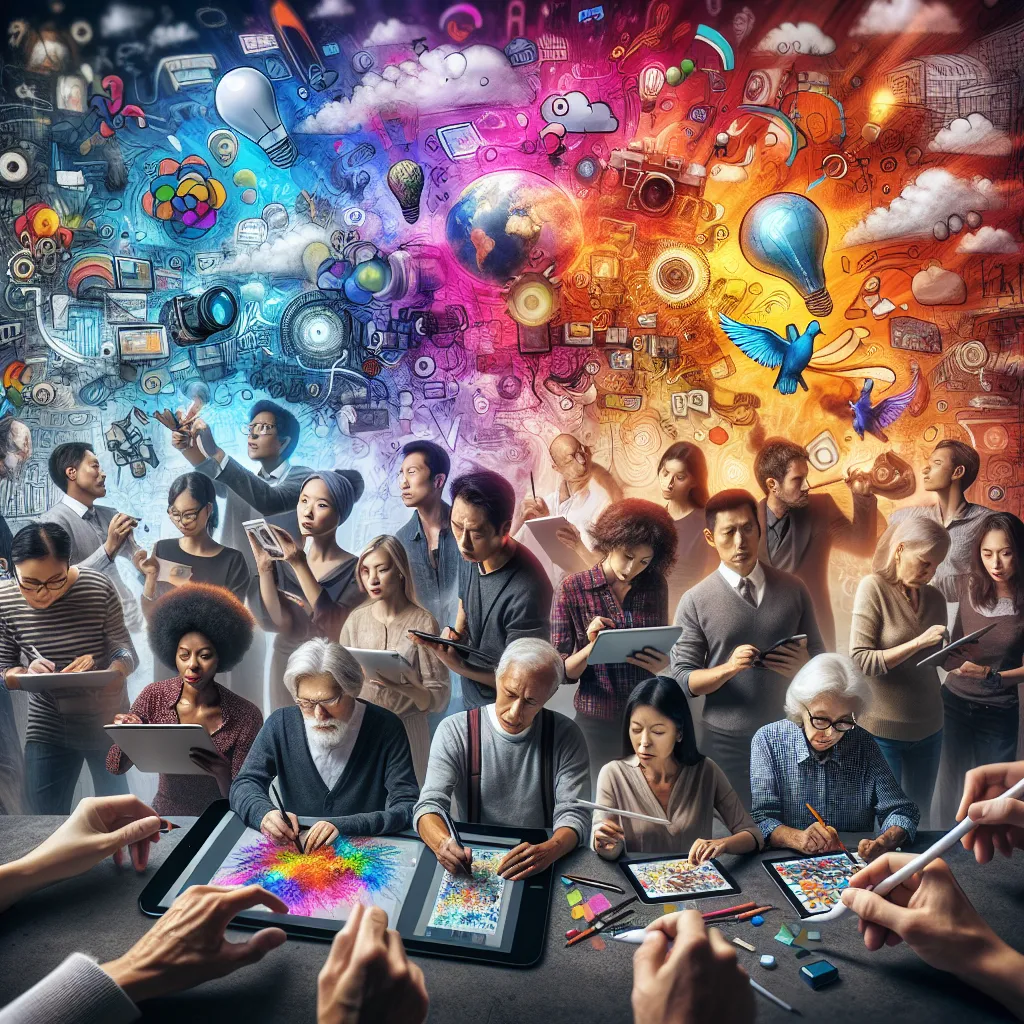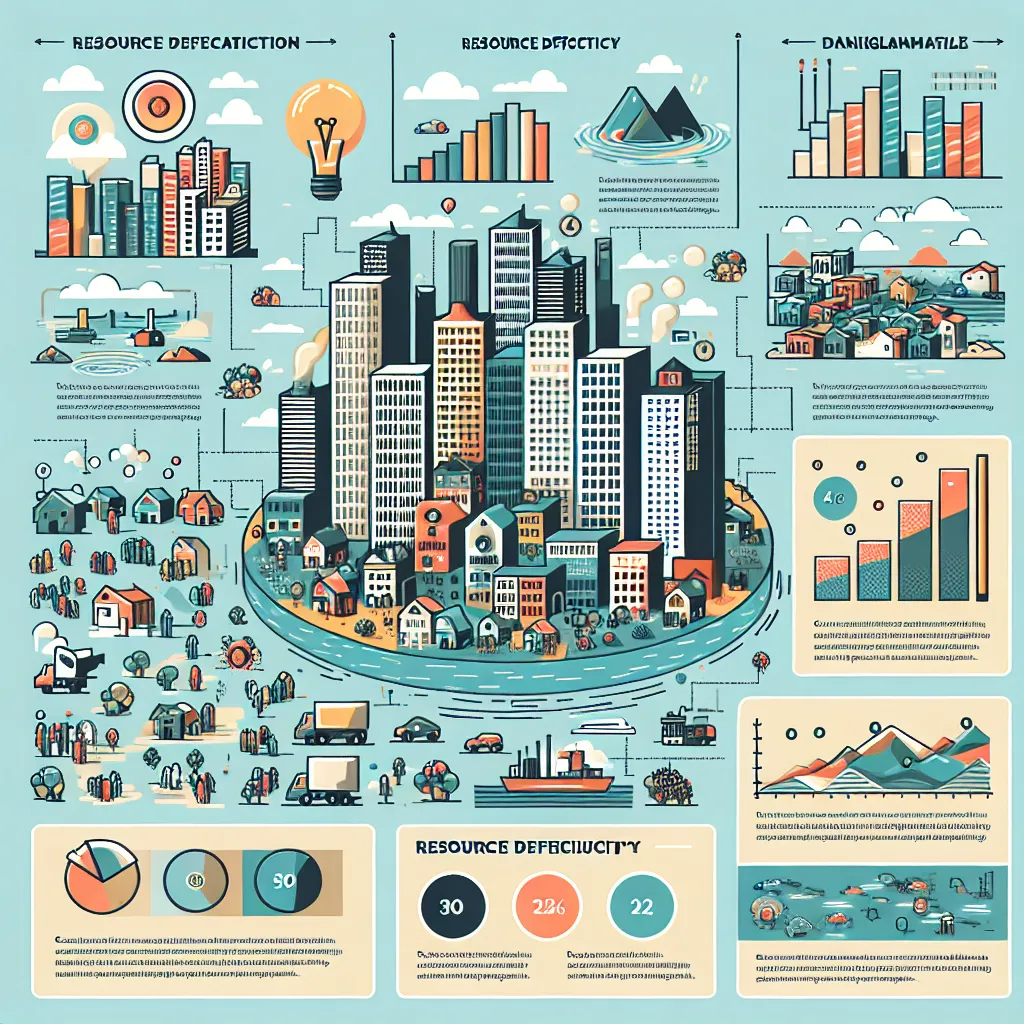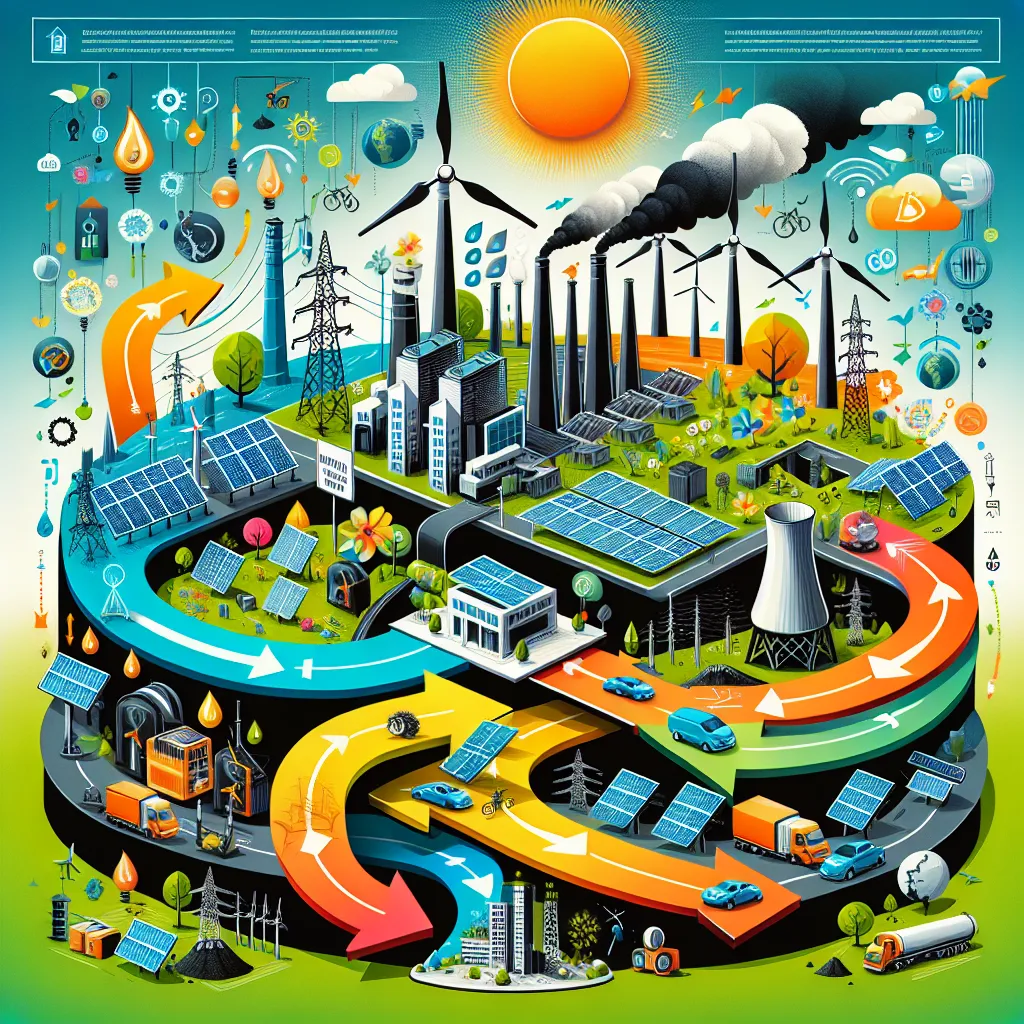The topic of fostering creativity in the digital age is becoming increasingly relevant in IELTS Writing Task 2 examinations. Based on recent trends and the evolving nature of technology’s impact on society, we can expect this theme to appear more frequently in future tests. Let’s explore a related question that has been observed in past IELTS exams and is likely to resurface:
Nội dung bài viết
Some people believe that the internet and digital technologies are hampering creativity, while others argue that they are enhancing it. Discuss both views and give your own opinion.
Analyzing the Question
This question requires candidates to:
- Discuss the view that the internet and digital technologies are hindering creativity
- Discuss the opposing view that these technologies are boosting creativity
- Provide a personal opinion on the matter
It’s crucial to address all parts of the question and maintain a balanced approach while presenting your own stance.
Sample Essay 1 (Band 8-9)
The digital revolution has sparked a debate about its impact on human creativity. While some argue that the internet and digital technologies are stifling creative thinking, others contend that these tools are actually fostering innovation. In my opinion, while there are potential drawbacks, the overall effect of digital technologies on creativity is overwhelmingly positive.
Those who believe that digital technologies hinder creativity often point to the issue of information overload and shortened attention spans. The constant stream of data and entertainment available at our fingertips can indeed lead to superficial engagement with content, potentially reducing the deep thinking necessary for creative endeavors. Moreover, the ease of accessing existing ideas online might discourage original thought, as people may be more inclined to replicate rather than innovate.
However, the argument that digital technologies enhance creativity is compelling. The internet provides unprecedented access to a vast array of knowledge and inspiration, enabling individuals to explore diverse concepts and combine ideas in novel ways. Digital tools have democratized creative expression, allowing anyone with a smartphone to become a filmmaker, musician, or artist. Collaboration platforms and social media have also facilitated the exchange of ideas on a global scale, leading to cross-pollination of cultures and disciplines that can spark innovative thinking.
Furthermore, emerging technologies such as artificial intelligence and virtual reality are opening up entirely new avenues for creative expression. These tools not only augment human capabilities but also challenge us to think in new dimensions, pushing the boundaries of what’s possible in art, design, and problem-solving.
In my view, while it’s important to be mindful of the potential pitfalls of digital distraction, the benefits of technology in fostering creativity far outweigh the drawbacks. The key lies in harnessing these tools consciously and purposefully. By cultivating digital literacy and maintaining a balance between online and offline experiences, we can leverage the power of technology to amplify our creative potential.
In conclusion, although the internet and digital technologies pose some challenges to traditional creative processes, they ultimately provide invaluable resources and opportunities for innovation. As we continue to adapt to the digital age, it is crucial that we learn to use these tools effectively to enhance rather than hinder our creative capabilities.
(Word count: 365)
 Fostering Creativity in Digital Age
Fostering Creativity in Digital Age
Sample Essay 2 (Band 6-7)
The impact of the internet and digital technologies on creativity is a topic of much debate. Some people think these technologies are making it harder for people to be creative, while others believe they are helping creativity. In my opinion, digital technologies have more positive effects on creativity than negative ones.
Those who argue that digital technologies are bad for creativity often say that people are becoming too dependent on the internet. They think that people don’t use their imagination as much because they can easily find information online. Also, they worry that social media and games are distracting people from spending time on creative activities.
On the other hand, many people believe that digital technologies are good for creativity. The internet gives people access to lots of information and ideas from around the world, which can inspire new thoughts. Digital tools like photo and video editing software make it easier for people to create and share their work. Online platforms also allow people to collaborate on projects even if they are in different countries.
I think that while there are some risks, digital technologies mostly help creativity. It’s true that people can waste time online, but they can also learn new skills and find inspiration. The key is to use these technologies in a balanced way. For example, someone can use the internet to learn about art techniques, but then spend time offline practicing those techniques.
In conclusion, although digital technologies can sometimes be distracting, they offer many opportunities for people to be creative. As long as we use them wisely, these tools can help us come up with new ideas and express ourselves in exciting ways.
(Word count: 279)
Writing Tips for This Topic
-
Vocabulary: Use a range of vocabulary related to technology and creativity. For higher band scores, incorporate more sophisticated terms and phrases.
Band 6-7: internet, digital technologies, creativity, imagination, social media
Band 8-9: digital revolution, innovation, information overload, democratized creative expression, cross-pollination of ideas -
Grammar: Demonstrate a variety of grammatical structures.
Band 6-7: Use simple and compound sentences with some complex structures.
Band 8-9: Employ a wide range of complex sentences and advanced grammatical constructions. -
Coherence and Cohesion: Ensure your essay flows logically.
Band 6-7: Use basic linking words and simple paragraph structure.
Band 8-9: Use sophisticated connecting phrases and maintain a clear, logical progression of ideas throughout the essay. -
Task Response: Address all parts of the question comprehensively.
Band 6-7: Cover the main points with some development.
Band 8-9: Fully address all parts of the task with well-developed ideas and a clear position throughout. -
Examples: Use relevant examples to support your arguments.
Band 6-7: Provide general examples.
Band 8-9: Offer specific, well-elaborated examples that clearly illustrate your points.
Key Vocabulary to Remember
-
Digital revolution (noun) /ˈdɪdʒɪtl revəˈluːʃn/: The shift to digital technologies in computing and communications.
-
Innovation (noun) /ˌɪnəˈveɪʃn/: The introduction of new ideas, methods, or things.
-
Information overload (noun phrase) /ˌɪnfəˈmeɪʃn ˈəʊvələʊd/: Exposure to or provision of too much information or data.
-
Democratize (verb) /dɪˈmɒkrətaɪz/: To make something available to all people.
-
Cross-pollination (noun) /krɒs pɒlɪˈneɪʃn/: The interchange or interaction of knowledge, ideas, etc., between different fields, cultures, or groups.
-
Artificial intelligence (noun phrase) /ˌɑːtɪfɪʃl ɪnˈtelɪdʒəns/: The theory and development of computer systems able to perform tasks normally requiring human intelligence.
-
Virtual reality (noun phrase) /ˈvɜːtʃuəl riˈælɪti/: A computer-generated simulation of a three-dimensional environment.
-
Digital literacy (noun phrase) /ˈdɪdʒɪtl ˈlɪtərəsi/: The ability to use information and communication technologies to find, evaluate, create, and communicate information.
-
Augment (verb) /ɔːɡˈment/: To make something greater by adding to it.
-
Harness (verb) /ˈhɑːnɪs/: To control and use (something, especially a force of nature) to produce power or to achieve something.
Conclusion
The topic of fostering creativity in the digital age is likely to remain relevant in IELTS Writing Task 2. As technology continues to evolve, we may see questions focusing on specific aspects such as:
- The role of artificial intelligence in creative industries
- The impact of social media on artistic expression
- The balance between digital and traditional forms of creativity in education
To prepare for such topics, practice writing essays that discuss both the advantages and disadvantages of digital technologies in various contexts. Remember to support your arguments with specific examples and maintain a clear, well-structured essay.
We encourage you to try writing your own essay on this topic and share it in the comments section below. This practice will help you refine your writing skills and receive feedback from others preparing for the IELTS exam.


